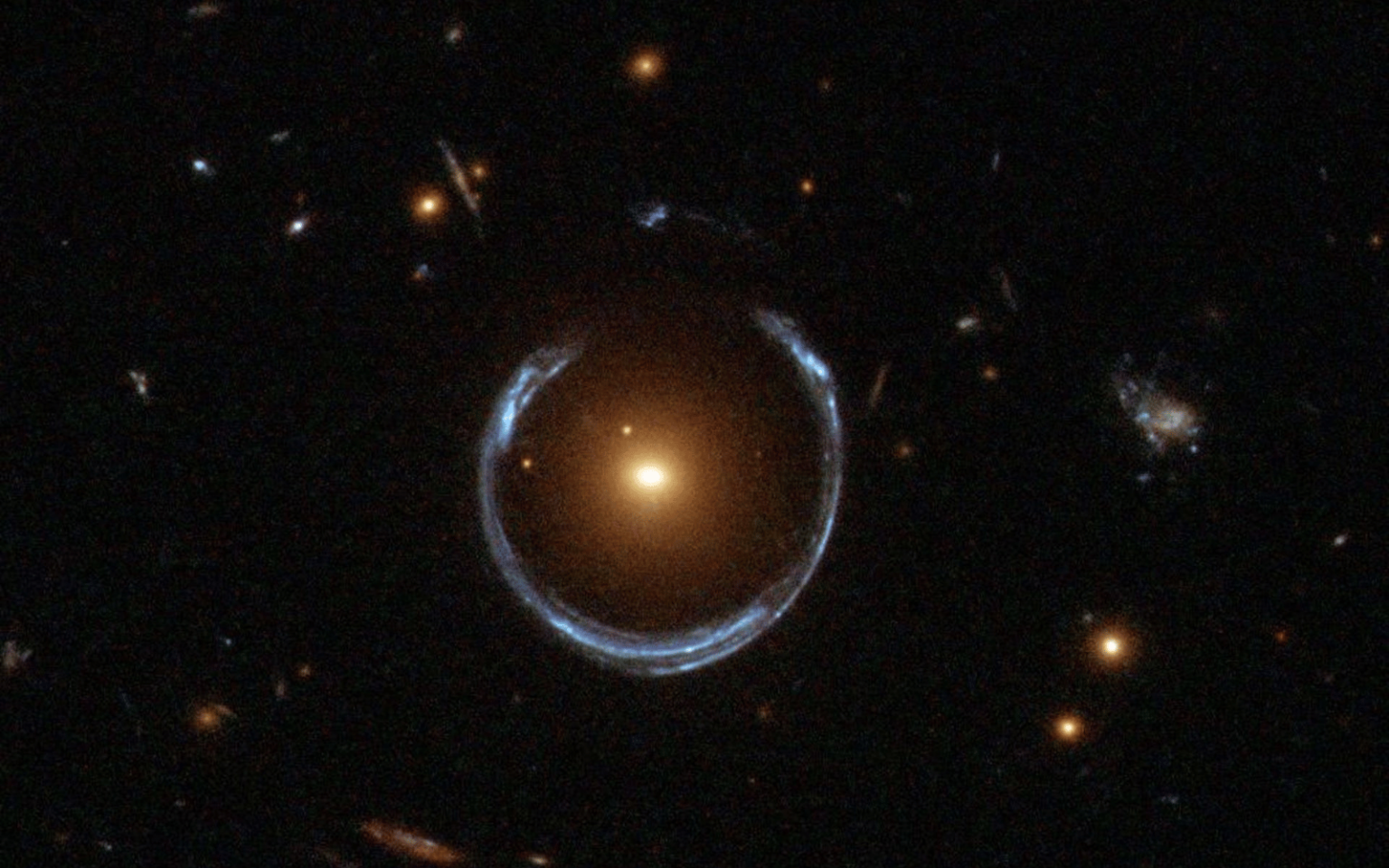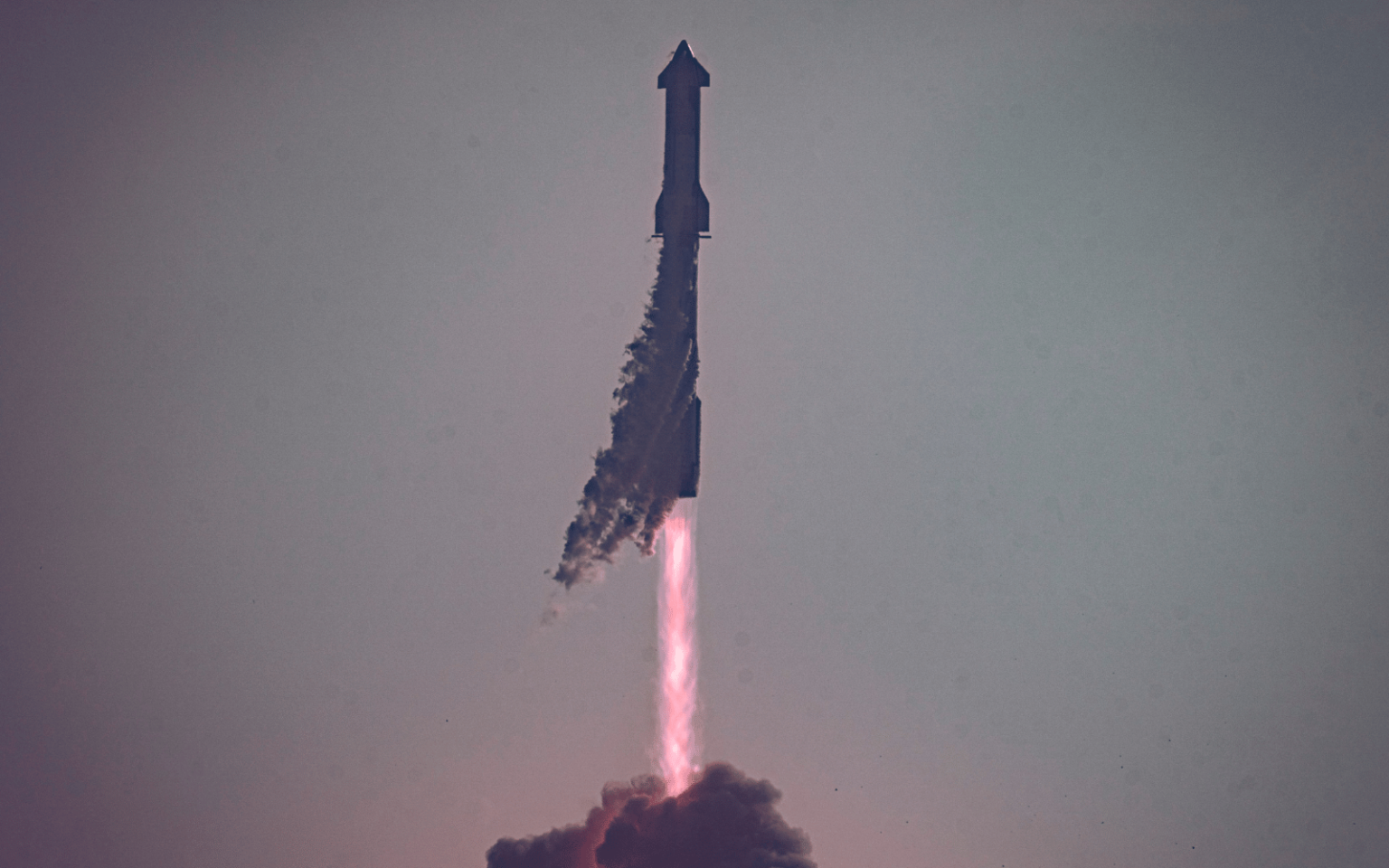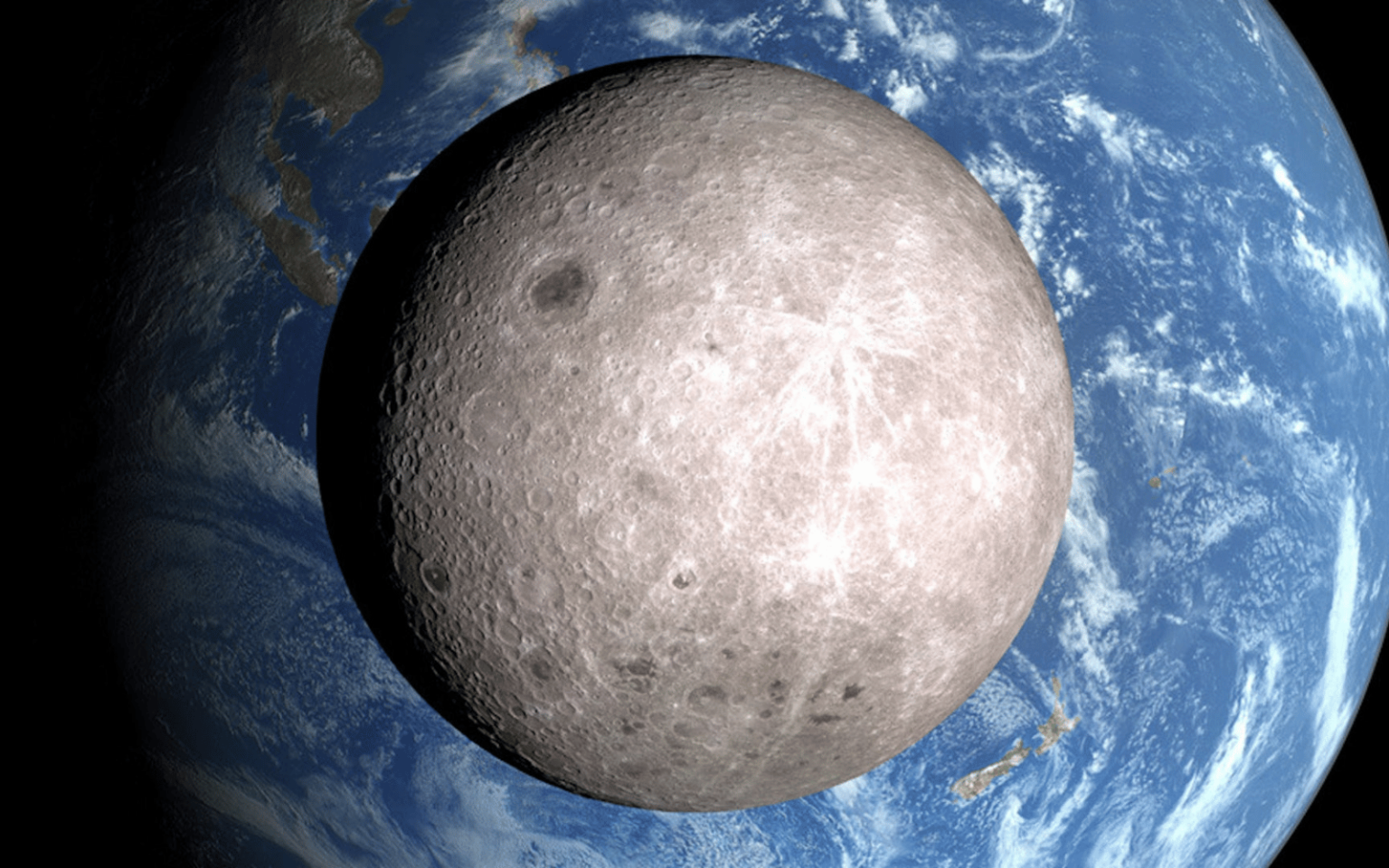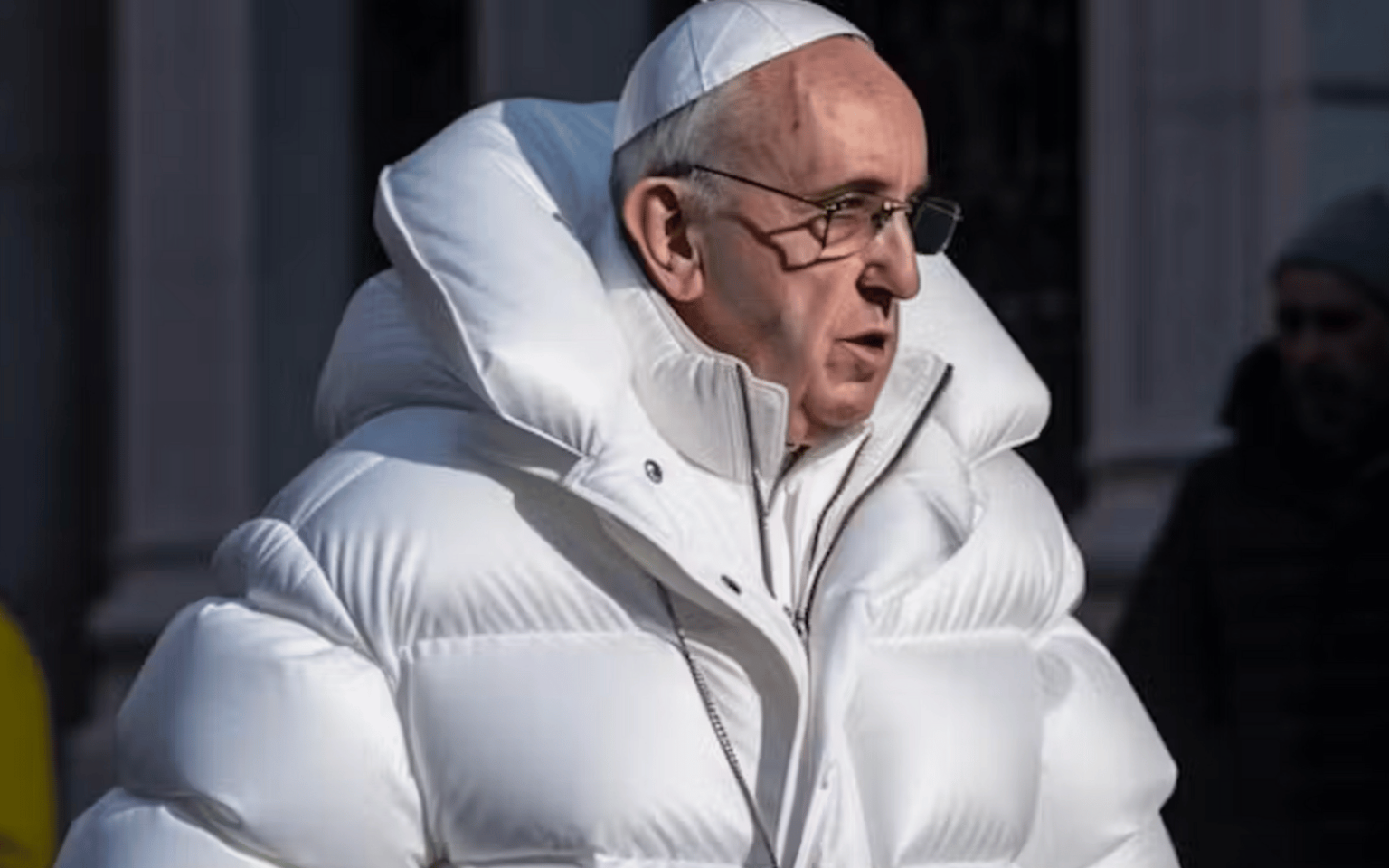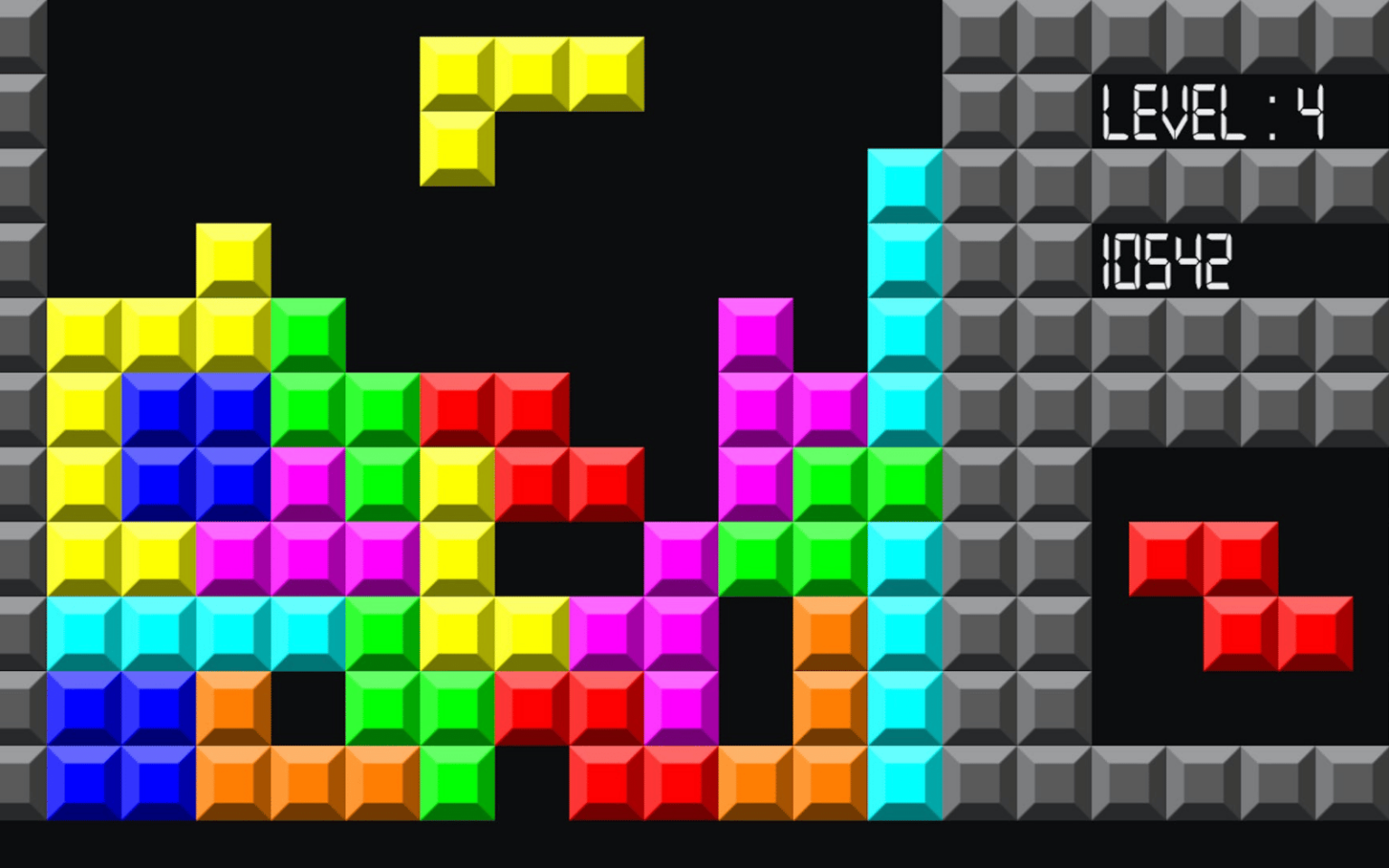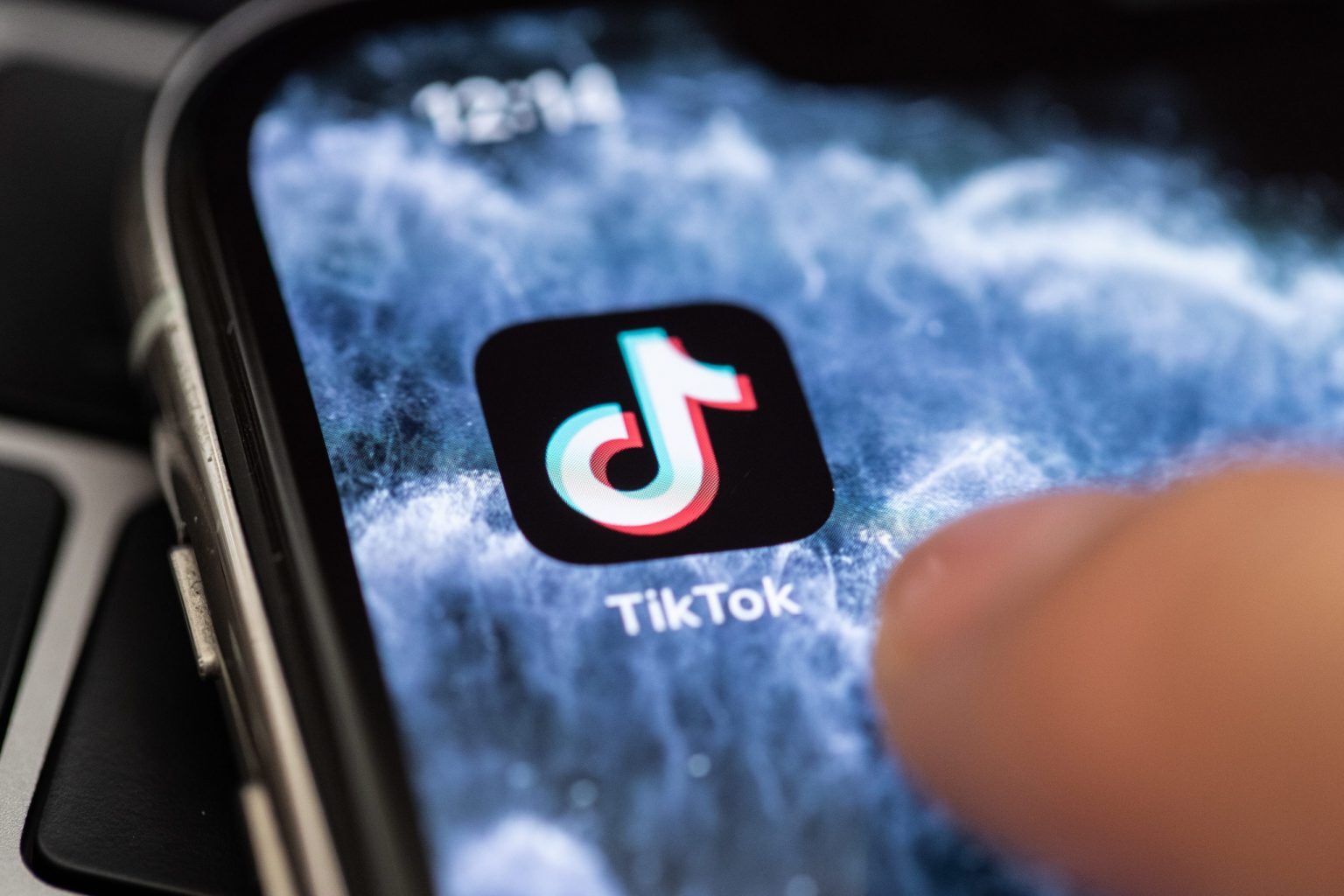Physicists believe most of the matter in the universe is made up of an invisible substance that we only know about by its indirect effects on the stars and galaxies we can see. We’re not crazy! Without this “dark matter”, the universe as we see it would make no sense. But the nature of dark matter is a longstanding puzzle. However, a new study by Alfred Amruth at the University of Hong Kong and colleagues, published in Nature Astronomy, uses the gravitational bending of light to bring us a step closer to understanding. Invisible but omnipresent The reason we think dark matter…
Author: The Conversation
The Justice Department on April 14, 2023, charged Jack Teixeira, a 21-year-old Massachusetts Air National Guard member, with unauthorized retention and transmission of national defense information and unauthorized removal and retention of classified documents or material. Media reports suggest that Teixeira didn’t intend to leak the documents widely but rather shared them on a closed Discord community focused on playing war games. Some of the documents were then shared to another Discord community with a larger following and became widely disseminated from there. So what is Discord and should you worry about what people are encountering there? Ever since the earliest days of the internet in the…
In March 2023, Italy became the first western country to block the advanced chatbot known as ChatGPT. The Italian data protection authority, Garante, cited concerns over the protection of personal data when making this decision. It has given OpenAI, the California-based company that created ChatGPT, until the end of April to comply with its demands. Garante said ChatGPT collects data in a way that’s incompatible with data protection law. Another reason given was the lack of age verification by the platform, which could expose children to harmful content. As a result, it used an emergency procedure to temporarily suspend the processing of personal data by OpenAI. News…
On April 20, 2023, a new SpaceX rocket called Starship exploded over the Gulf of Mexico three minutes into its first flight ever. SpaceX is calling the test launch a success, despite the fiery end result. As a space policy expert, I agree that the “rapid unscheduled disassembly” – the term SpaceX uses when its rockets explode – was a very successful failure. The most powerful rocket ever built This launch was the first fully integrated test of SpaceX’s new Starship. Starship is the most powerful rocket ever developed and is designed to be fully reusable. It is made of two different stages,…
As public concern about the ethical and social implications of artificial intelligence keeps growing, it might seem like it’s time to slow down. But inside tech companies themselves, the sentiment is quite the opposite. As Big Tech’s AI race heats up, it would be an “absolutely fatal error in this moment to worry about things that can be fixed later,” a Microsoft executive wrote in an internal email about generative AI, as The New York Times reported. In other words, it’s time to “move fast and break things,” to quote Mark Zuckerberg’s old motto. Of course, when you break things, you might have…
Lunar exploration is undergoing a renaissance. Dozens of missions, organised by multiple space agencies – and increasingly by commercial companies – are set to visit the Moon by the end of this decade. Most of these will involve small robotic spacecraft, but NASA’s ambitious Artemis programme, aims to return humans to the lunar surface by the middle of the decade. There are various reasons for all this activity, including geopolitical posturing and the search for lunar resources, such as water-ice at the lunar poles, which can be extracted and turned into hydrogen and oxygen propellant for rockets. However, science is also sure to…
Social media has been awash with deepfake images of a stylish Pope Francis, Elon Musk protesting in New York and Donald Trump resisting arrest. Such AI-generated images and videos, or deepfakes, have become increasingly accessible due to advances in artificial intelligence. As more sophisticated fabricated images spread, it will become increasingly difficult for users to differentiate the real from the fake. Deepfakes get their name from the technology used to create them: deep-learning neural networks. When unleashed on a dataset, these algorithms learn patterns and can replicate them in novel — and convincing — ways. While this technology can be used for entertainment, it also…
On my bedside cabinet, next to my alarm clock, is a jar holding my cufflink collection. One set contains seven odd cufflinks. They are bold in colour, now a bit scratched with flaking paint, but with clear geometric designs: a squat Z, S and T, an L, a J, a square and lastly, the ever useful long bar. Even as a lecturer in games development, I don’t tend to wear my game affiliations that boldly but these cufflinks, the odd badge and my Minecraft waistcoat are exceptions. There are very few video game elements that I could describe so simply…
TikTok CEO Shou Zi Chew testified before the House Energy and Commerce Committee on March 23, 2023, amid a chorus of calls from members of Congress for the federal government to ban the Chinese-owned video social media app and reports that the Biden administration is pushing for the company’s sale. The federal government, along with many state and foreign governments and some companies, has banned TikTok on work-provided phones. This type of ban can be effective for protecting data related to government work. But a full ban of the app is another matter, which raises a number of questions: What data privacy risk does TikTok pose?…
Technology has become the centre of our lives. It has also changed how university students learn and how lecturers teach. Some institutions had already shifted to some form of online teaching and learning before 2020. Then the onset of the COVID pandemic made digitised education commonplace in many parts of the world. But it’s not enough for universities to offer technological platforms. Those who transfer knowledge – lecturers – must do so skilfully. They must also be able to appropriately support their students through any challenges related to online teaching platforms. In South Africa, as in many developing countries, most of those entering…

